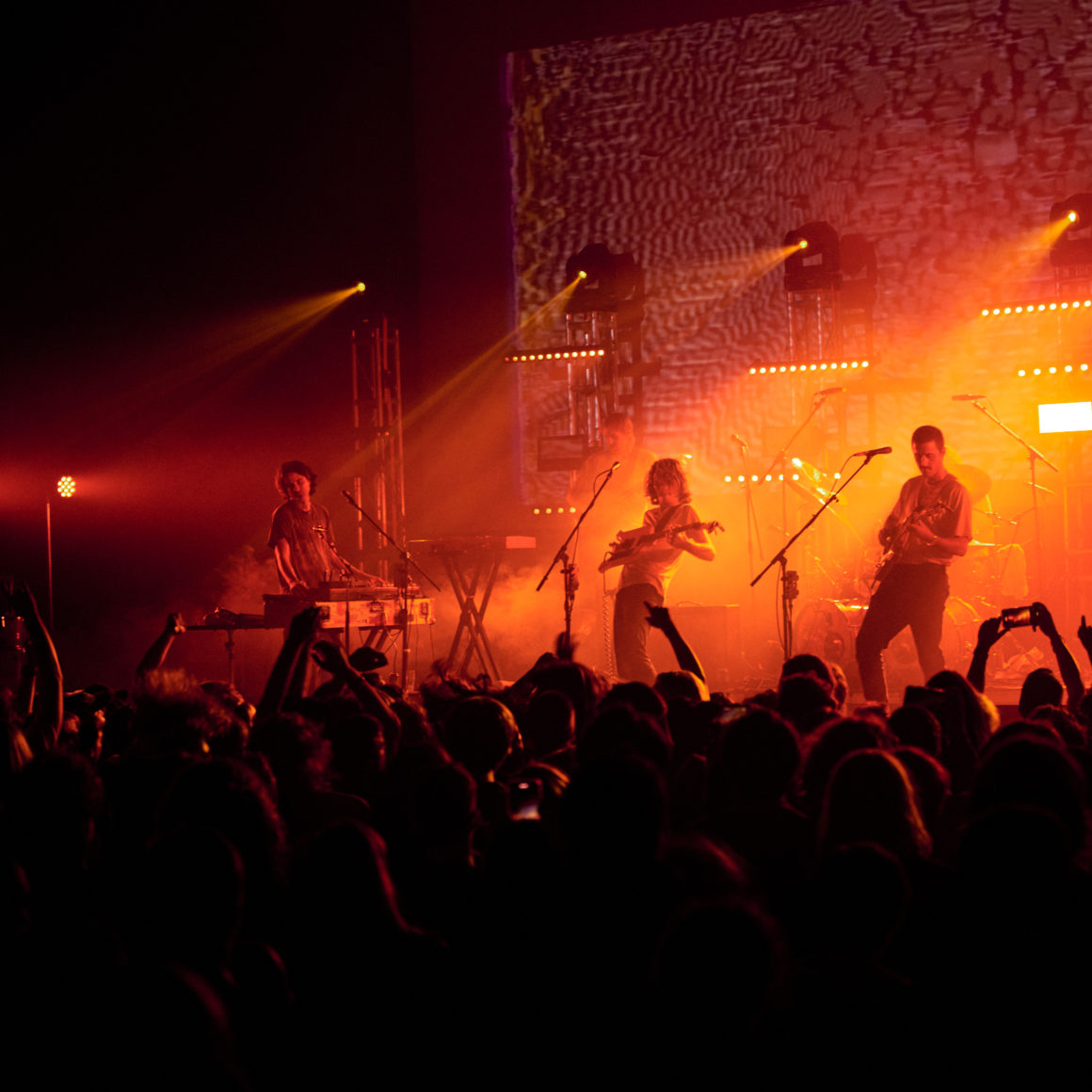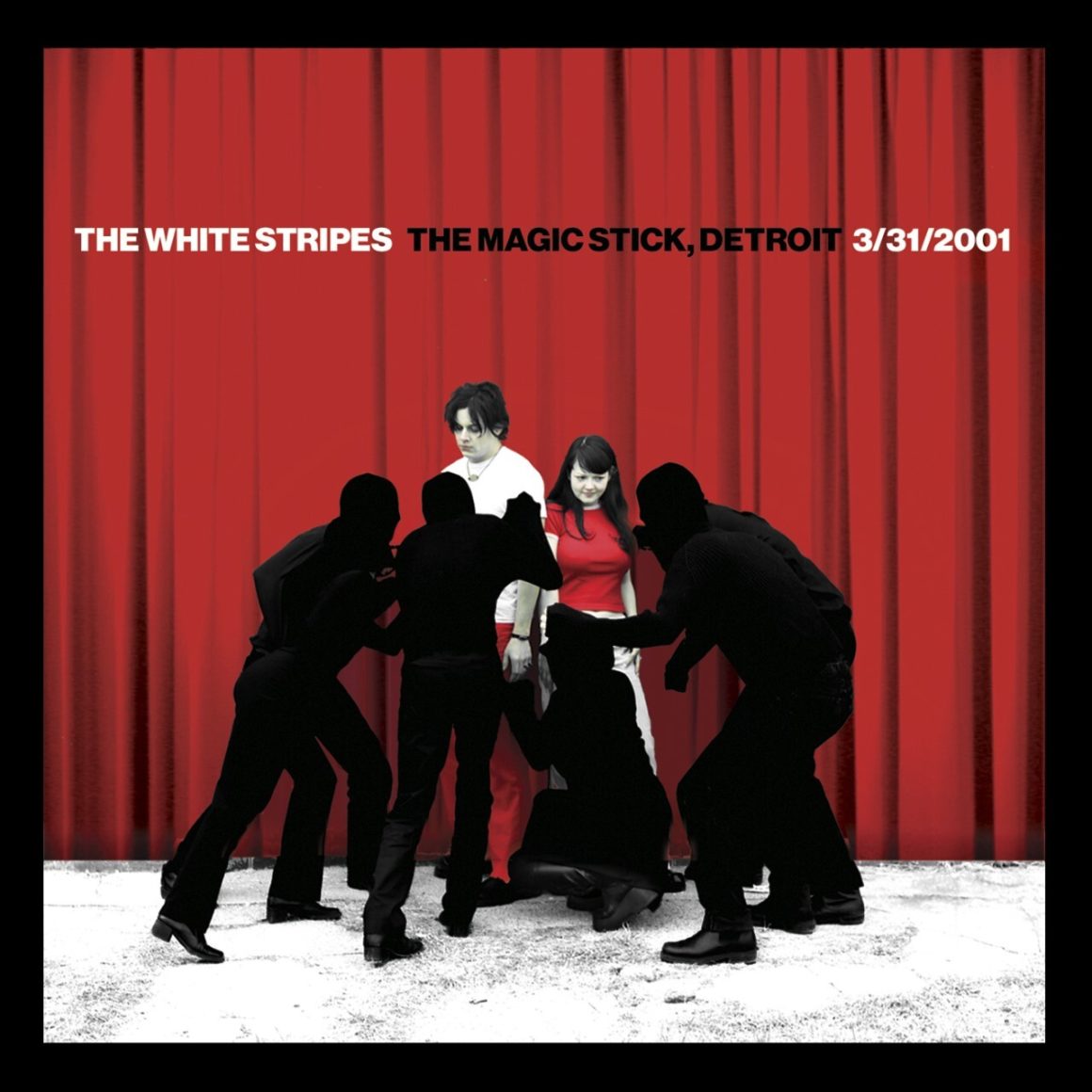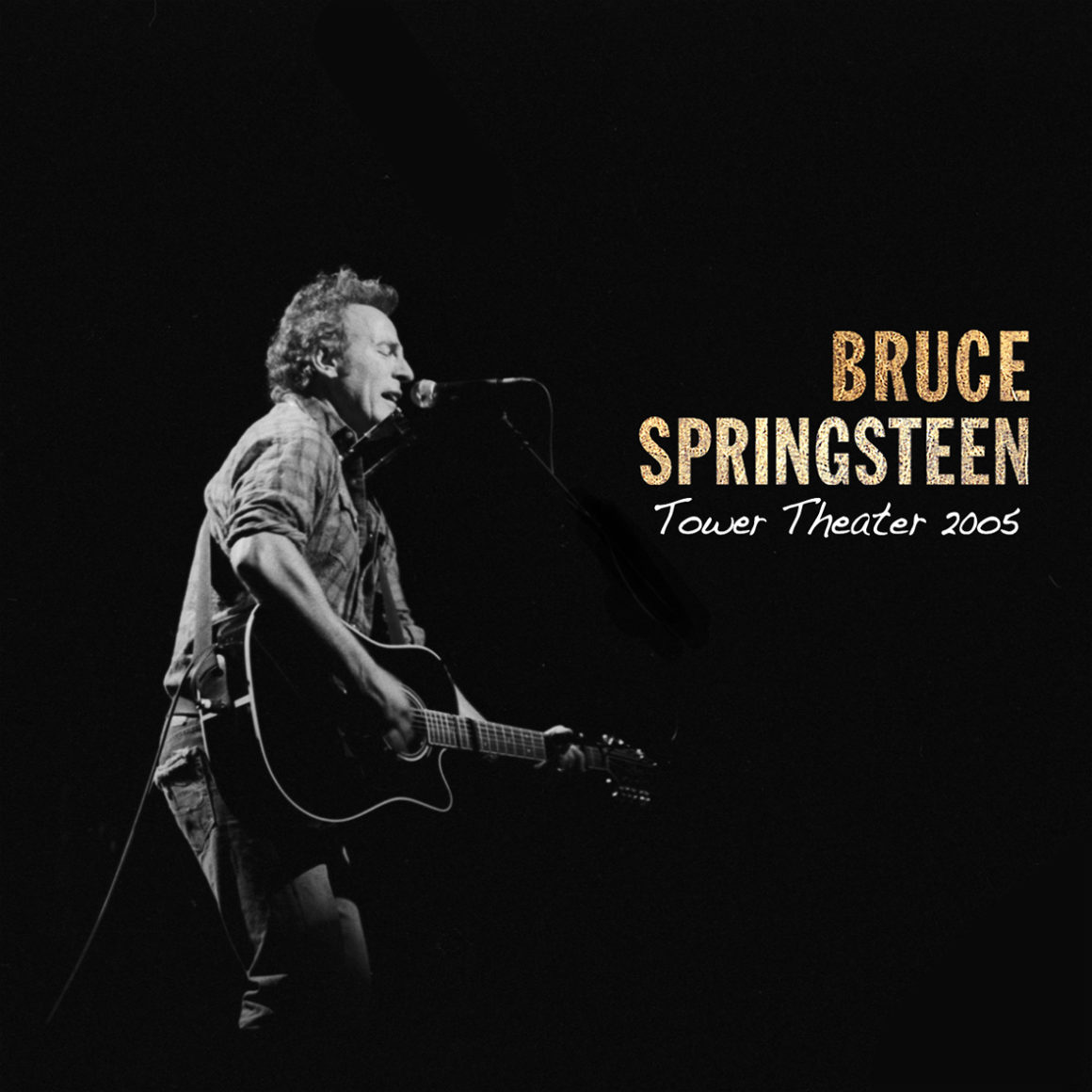
by Jonathan Cohen
It has been said that after you first tiptoe into the unique musical universe created by Australia’s King Gizzard and the Lizard Wizard, you may never want to step back into the real world again. nugs.net listeners now have the chance to experience this sensation first-hand with today’s release of nine concerts from the beloved group, including videos of three complete shows from San Francisco, Sydney and Melbourne. Also making its nugs.net debut is the soundtrack to the 2020 concert film “Chunky Shrapnel,” which chronicles Gizzard’s 2019 European tour in all its psychedelic glory.
Formed in Melbourne in 2010, Gizzard has since released 18 studio albums that touch on bad-ass garage rock, full-on ‘80s thrash metal, expansive psychedelia, synth loop-driven, major-key jams, and pretty much every guitar-based form of music in between. These projects are mere launching points for the band’s ever-changing, perpetually sold-out live shows, which are represented in all their glory on this first batch of nugs.net releases. A catalog this varied and extensive may seem daunting, so let us suggest a few highlights to help you ease your way in …
LIVE IN MELBOURNE 2021:
When most of the world was still in lockdown earlier this year, Australia managed to implement effective health and safety procedures that enabled live shows to take place, and on this night, a couple thousand King Gizzard fans in Melbourne were truly the beneficiaries. In just their third show in nearly a year, the group is sizzling from minute one, as Michael “Cavs” Cavanagh’s drum solo whips the audience into a tangible frenzy. An early-set gem is the whiplash-inducing “Rattlesnake,” which hits like Judas Priest’s “Breaking the Law’ on a speed bender. Frontman Stu Mackenzie’s vocal lines mirror his frenetic guitar work, conjuring an unlikely earworm as only King Gizzard can. Purple and yellow lights crackle behind the band to offer the perfect accent for the nocturnal adventure “Sleep Drifter,” while closer “K.G.L.W.” (the band’s initials — get it?) is a wicked, riffy monster that will find your brain hanging on for dear life.
LIVE IN SYDNEY 2021:
Three songs in, “Nuclear Fusion” shows why King Gizzard often defies categorization. This swaggering number, written, like many recent Gizzard songs, in the decidedly non-Western microtonal tuning, transports you to a hookah bar in outer space soundtracked by exotic, harmonized guitar leads, wacky, deep grooves, and rapid-fire snare-drum hits that would make James Brown proud. Later on, at this mid-pandemic gig in Sydney, Ambrose Kenny-Smith steps out from behind his keyboard stand to take the mic on the delightfully menacing “Supreme Ascendancy,” while the crackling black-and-white visuals add extra disorientation to the Sabbath-y, stutter-stop stomp of “The Hungry Wolf of Fate.”
LIVE IN SAN FRANCISCO 2016:
What better way to salute San Francisco’s rich legacy of psychedelic rock than with a 22-minute closing song? In doing so, “Head On/Pill” features everything that’s right in the King Gizzard world. Building slowly from a positive-vibe, mid-tempo groove, the track explodes into glorious, harmonica-laced boogie rock, retreats back into a bass-driven vamp (with flute!), and emerges again with resplendent, shimmering guitar tones. “Robot Stop” sets the tone right off the bat, with Mackenzie’s guitar lead rapidly descending in pitch like a madman turning an unseen dial. Lyrics such as “Loosen up / time to drop / fuck shit up / don’t forget about it” could very well serve as King Gizzard’s manifesto, so dive right in.
The audio-only albums arriving today are chock-full of goodies as well. On “Live in London 2019,” Gizzard once again saves the very best for the last song of the night. “Float Along – Fill Your Lungs,” from the 2013 album of the same name, is nine minutes of classic rock majesty with a nod to the long, strange trips of vintage Grateful Dead. “Live in Paris 2019” offers a fantastic take on “Muddy Water” — an expert blend of power and mystery. “Head On/Pill” re-appears in a spectacular 29-minute blowout on “Live in Adelaide 2019” and even tips the cap to the diehards by spontaneously rewiring the main riff from “Rattlesnake” in a new, major-key style (the audience quickly begins singing the titular phrase in amazement). “Live in Brussels 2019” has killer versions of several songs from the band’s thrashy 2019 concept album “Infest the Rat’s Nest,” particularly the chugga-wugga “Venusian 2,” which is perhaps the best song Motorhead never wrote. “Live in Asheville 2019” shifts into the highest of gears on “Alter Me III” -> “Altered Beast IV,” which could quite possibly melt even the sturdiest of brains.
Finally, “Chunky Shrapnel” rounds up excellent 2019-era live cuts, highlighted by a scorching “Planet B” and the dark, cinematic “Loyalty.” But the real treat here is Mackenzie’s ambient, studio-born contributions to the soundtrack such as “Anamnesis.” Here, we find the seeds of the music on Gizzard’s latest studio album, “Butterfly 3000,” which was built on synth loops and in so doing takes King Gizzard in an entirely new and joyous direction. Who knows what comes next? Keep visiting nugs.net to find out.

